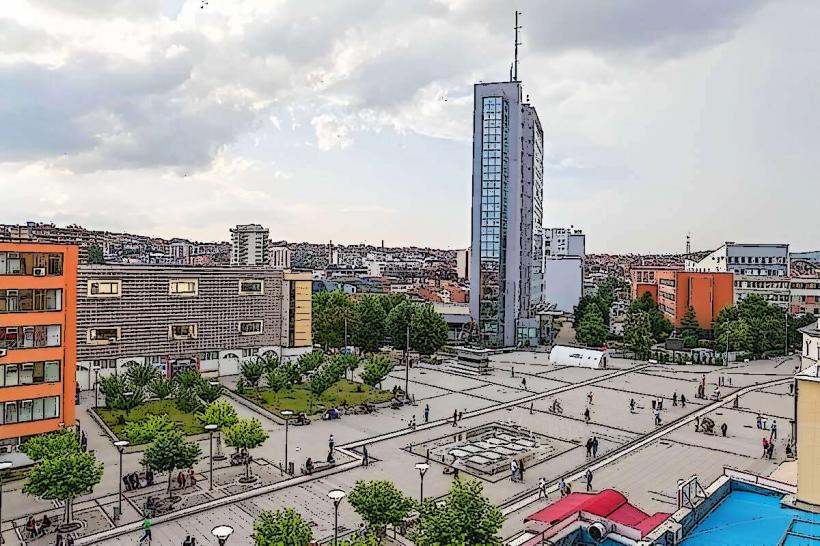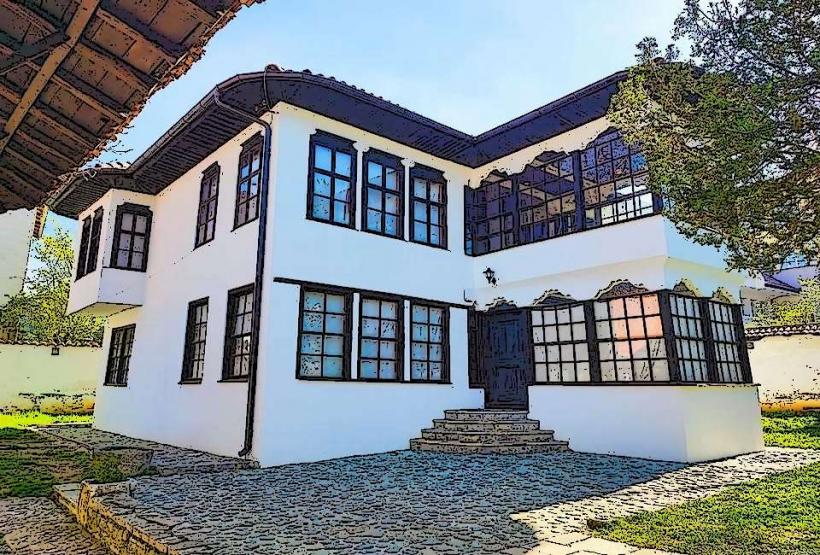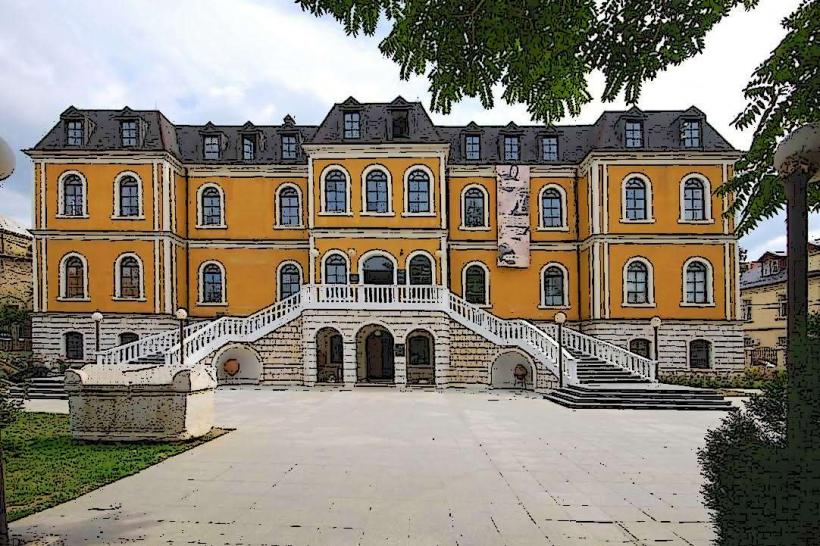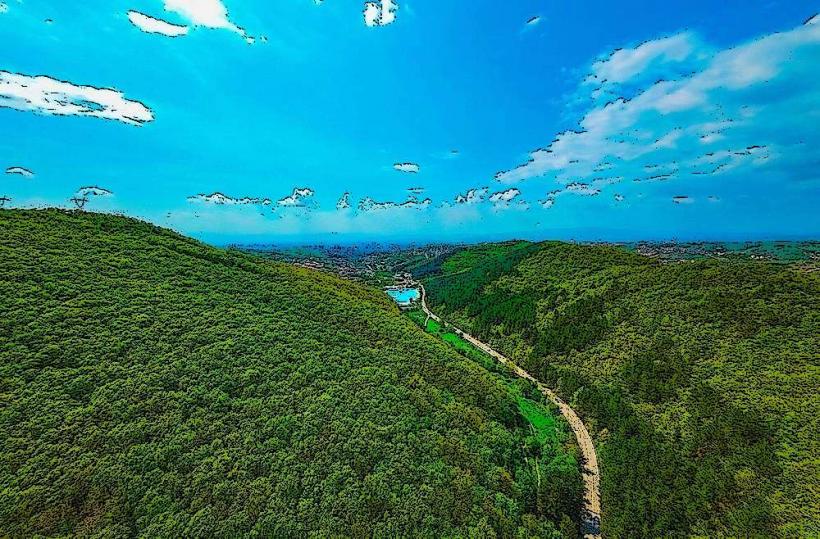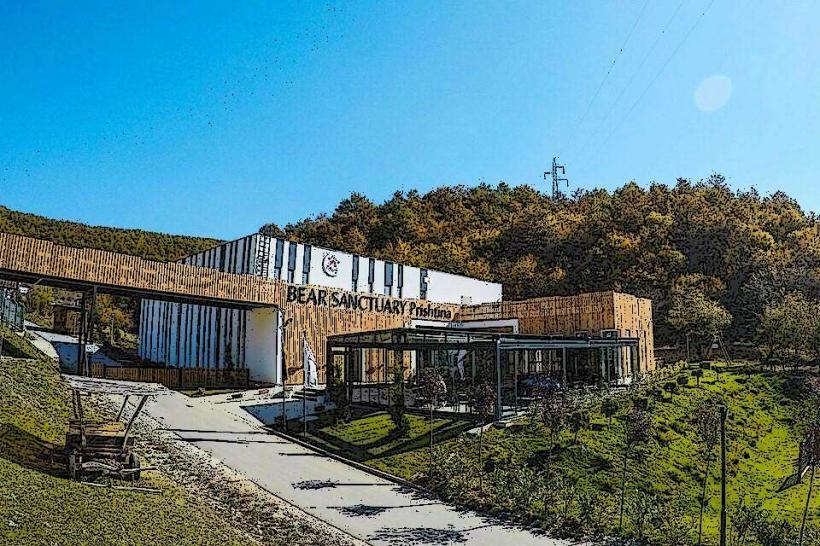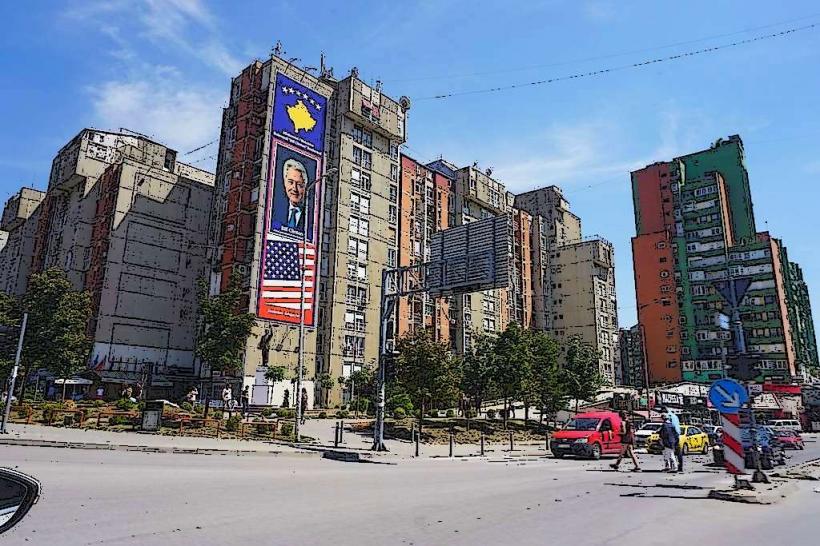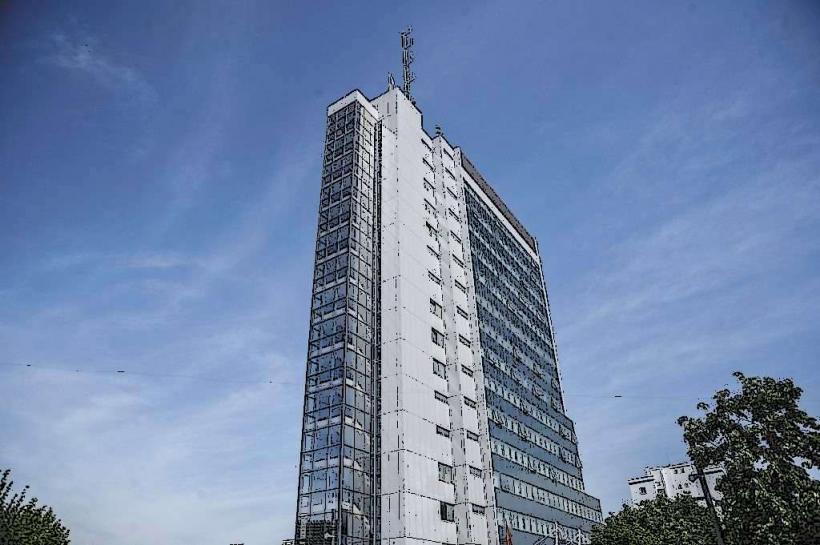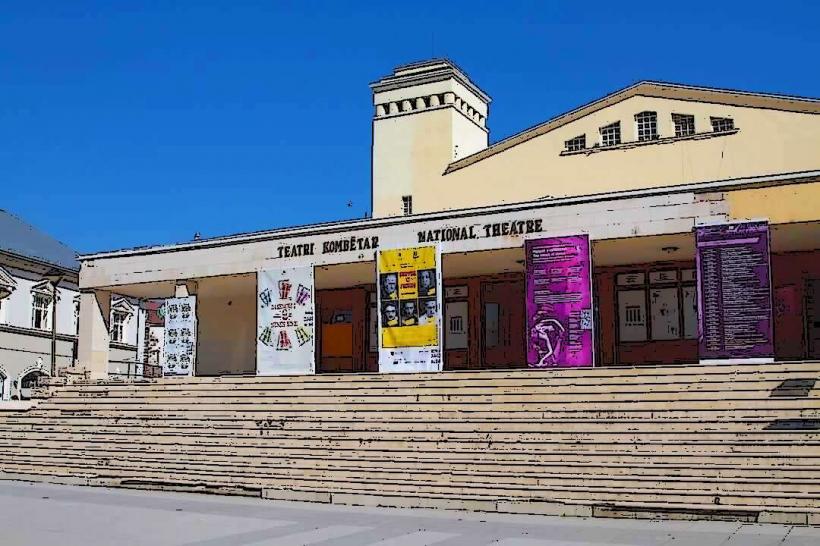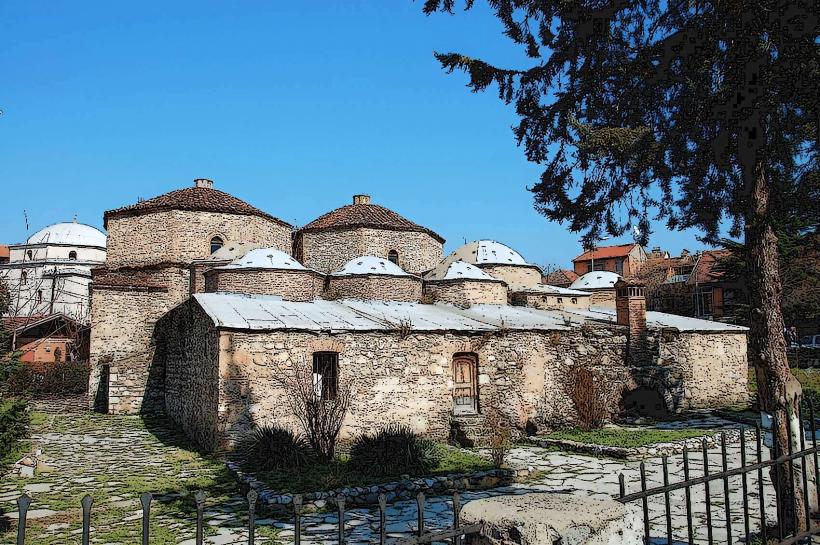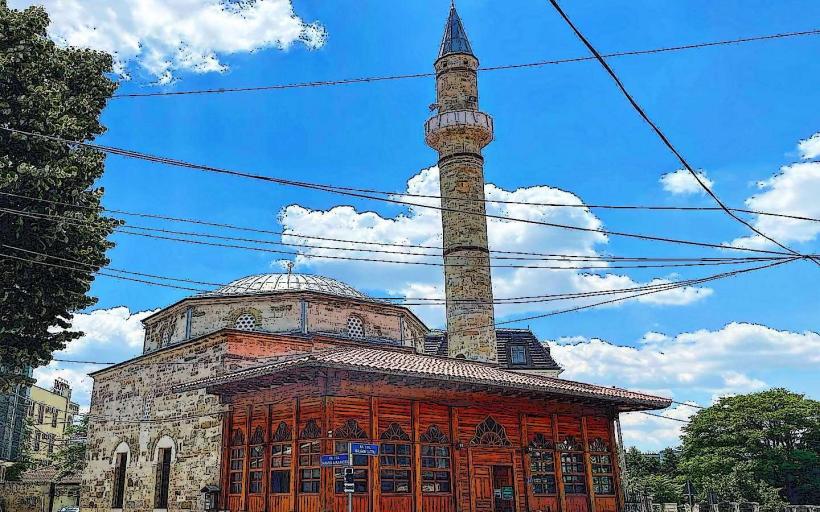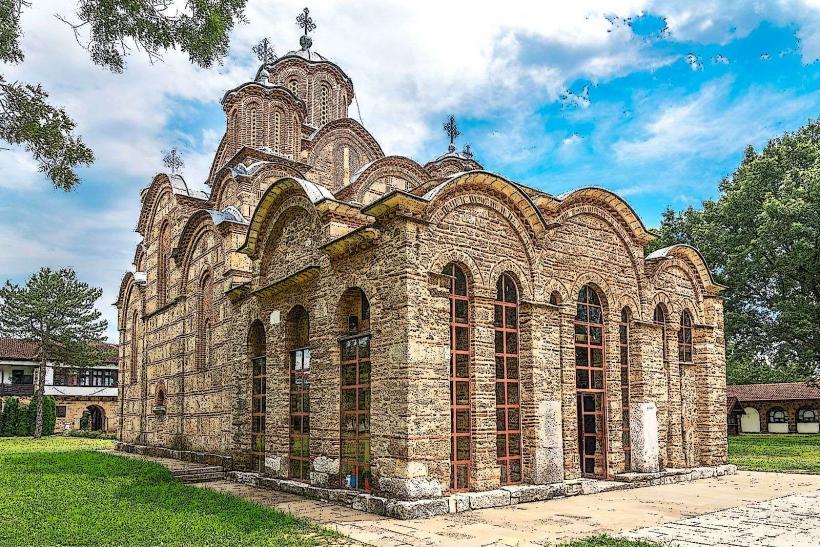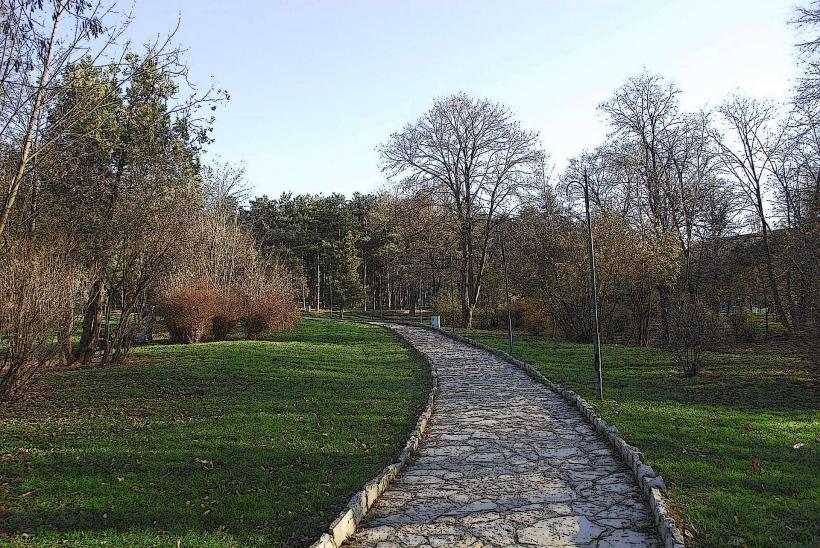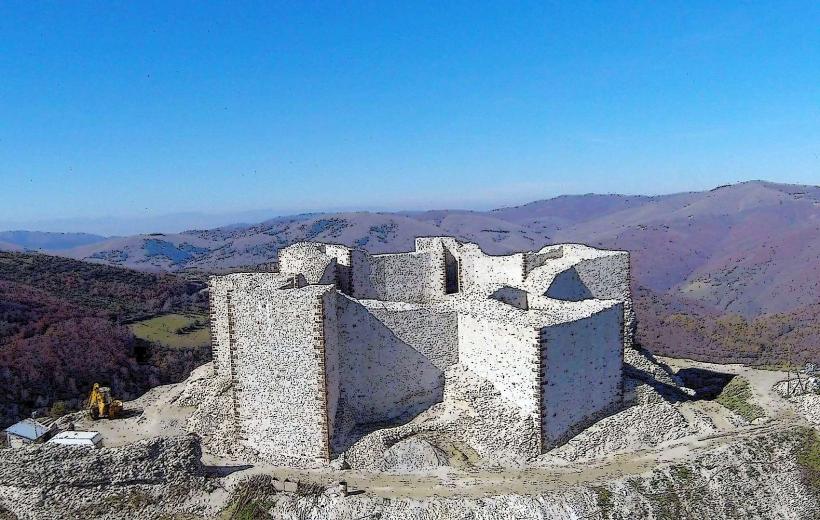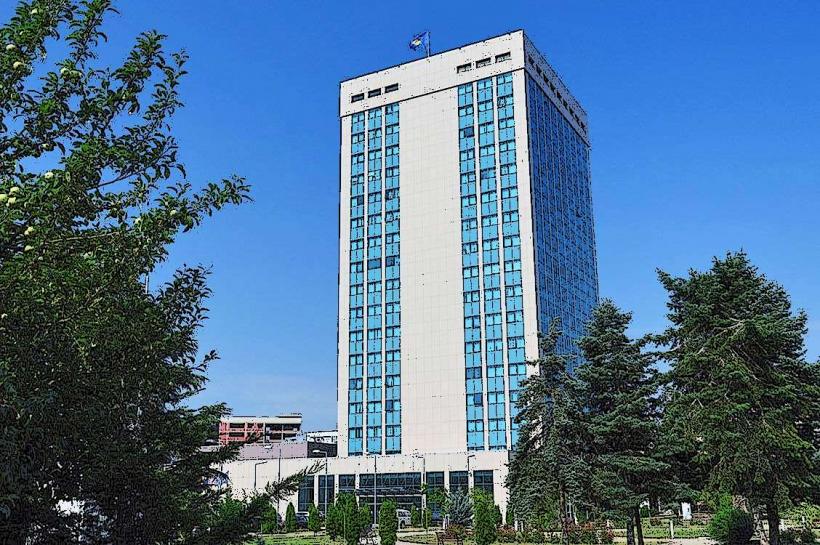Information
Landmark: Imperial Mosque (Xhamia e Madhe)City: Pristina
Country: Kosovo
Continent: Europe
The Imperial Mosque (locally known as Xhamia e Madhe) is a historical and architectural landmark in the city of Peja (also known as Pec), located in the western part of Kosovo. It is one of the most significant mosques in the region, built during the Ottoman era. The mosque is renowned for its impressive architecture, rich history, and cultural significance.
History and Construction
The Imperial Mosque was built in the 16th century, during the reign of the Ottoman Sultan Süleyman the Magnificent (also known as Süleyman I), around 1556. The mosque was constructed as part of a larger complex that included religious, cultural, and social facilities, in line with the architectural style promoted by the Ottoman Empire at the time.
The mosque is named “Imperial” because it was built during the peak of the Ottoman Empire's power and under the direct patronage of the Sultan, making it a prestigious and important religious structure. The mosque is a reflection of the Ottoman architectural influence that extended throughout the Balkans during this period.
Architectural Features
The Imperial Mosque is a fine example of Ottoman Islamic architecture, particularly of the classical period, with several notable features:
Large Dome: One of the mosque's defining features is its large central dome, which is supported by four massive piers. The dome is the centerpiece of the mosque's design, with smaller domes and semi-domes surrounding it.
Minaret: The mosque has a tall minaret, which is a traditional feature of Ottoman mosques. The minaret is slender and reaches a height that dominates the skyline, which is typical of the grandeur associated with Ottoman mosques.
Interior Decoration: The interior of the mosque is beautifully decorated, with intricate calligraphy, tile work, and geometric patterns, which are common in Ottoman mosque design. The walls and ceiling are adorned with designs reflecting Islamic artistry.
Courtyard and Fountain: The mosque features a courtyard with a fountain in the center, which is a common feature in Ottoman mosque complexes. The fountain is used for ritual purification before prayers.
Prayer Hall: The prayer hall is spacious, designed to accommodate a large number of worshippers. It has wooden galleries and a beautiful mihrab (prayer niche) that points toward Mecca, as well as a mimbar (pulpit) for the imam.
Cultural and Religious Significance
The Imperial Mosque holds significant cultural and religious importance, not only for the local Muslim population but also for the broader Kosovar heritage:
Center of Worship: It has historically been a central place of worship for the people of Peja, serving the Muslim community for centuries.
Symbol of Ottoman Influence: As a prominent Ottoman-era mosque, it serves as a symbol of the Ottoman Empire's cultural and religious legacy in Kosovo and the Balkans. The mosque was part of a broader Ottoman effort to spread Islam throughout the region.
Social and Community Role: Like other mosques from the period, the Imperial Mosque was part of a larger social complex. It often included schools, hospitals, and public spaces that served the local community. The mosque was not only a place for prayer but also a center for education and social interaction.
Restoration and Preservation
The mosque has undergone several restoration projects over the years, especially after periods of damage during conflicts in the region. The most notable restoration efforts occurred after the Kosovo War (1998-1999), during which many historical buildings in the region were damaged. Today, the mosque remains an active place of worship and continues to attract both worshippers and tourists interested in its rich historical and architectural legacy.
Tourism and Education
The Imperial Mosque is a popular tourist attraction in Peja. Visitors to the mosque can explore its architectural beauty, learn about its history, and experience the serene atmosphere. The mosque also contributes to the educational value of Peja, offering insights into the region’s Ottoman past and Islamic culture.
Conclusion
The Imperial Mosque (Xhamia e Madhe) is one of the most iconic and historically significant landmarks in Kosovo. Its stunning Ottoman architecture, cultural importance, and role as a place of worship make it a symbol of the region's rich Islamic heritage. Whether as a religious site, a historical monument, or a symbol of Kosovo's Ottoman legacy, the mosque remains a vital part of the country's identity.


